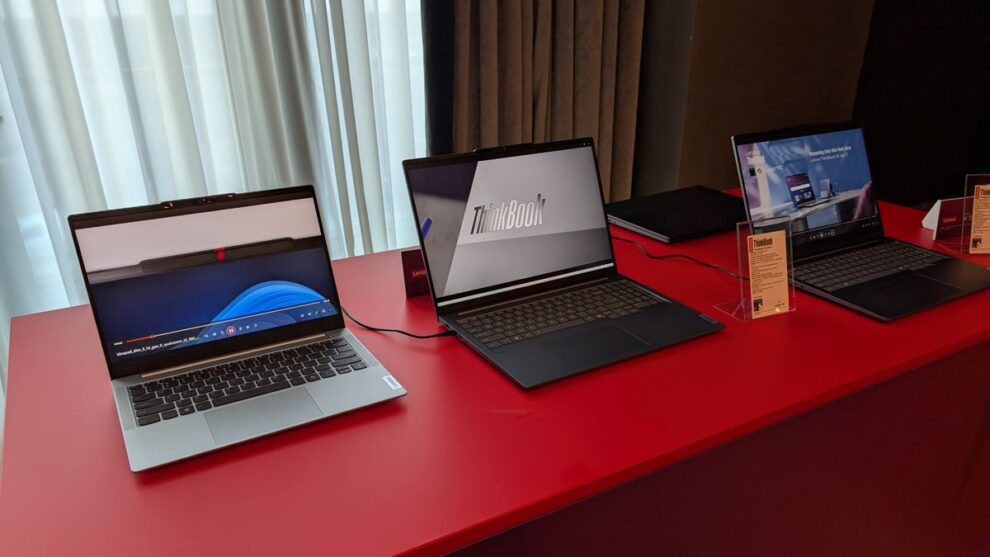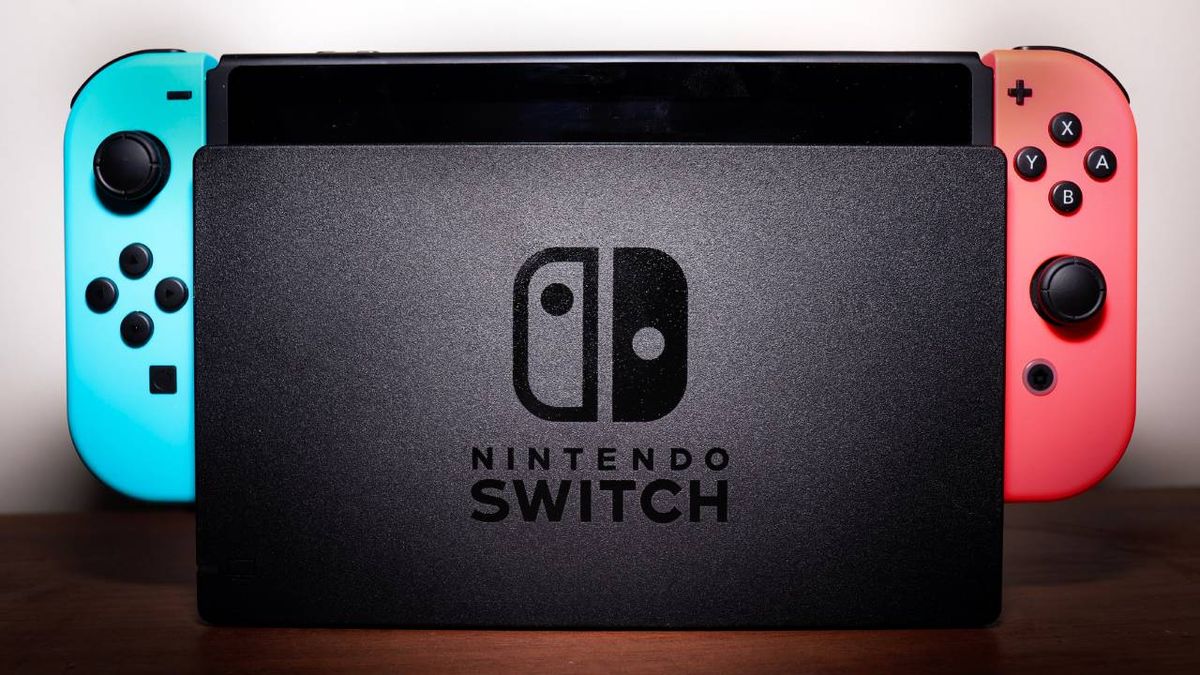Have you been eyeing those futuristic Copilot+ PCs with a tinge of envy, especially if your trusty machine runs on an Intel or AMD processor? Well, hold onto your hats, because Microsoft has just dropped some news that could completely change your computing experience. Forget the initial buzz around ARM-exclusive features; it looks like the magic of Copilot+ is about to spread its wings and land on a wider range of devices. But what exactly does this mean for you, and which features are making their way to your potentially older hardware? Let’s dive deep into this exciting development.
For those unfamiliar, Copilot+ PCs represent Microsoft’s vision for a new generation of personal computers deeply integrated with artificial intelligence. Initially, these devices, which started hitting the market recently, boasted impressive capabilities powered by advanced Neural Processing Units (NPUs) found primarily in ARM-based systems. Features like Recall, which promised to revolutionize how you find past information, and Live Captions with real-time translation, were among the highlights. The initial focus on ARM processors sparked considerable debate and left many wondering if these cutting-edge AI experiences would ever grace their existing Intel or AMD-powered machines.
Now, the tide seems to be turning. Microsoft has signaled a significant shift in strategy, indicating that they are actively working to bring key Copilot+ features to devices running on Intel and AMD processors. This move comes as a welcome surprise to millions of users who might not be ready or willing to invest in an entirely new ARM-based PC just yet. The implications of this decision are massive, potentially democratizing access to advanced AI capabilities and injecting new life into existing hardware.
So, what specific features can Intel and AMD users expect? While Microsoft hasn’t revealed the complete list, we can infer some likely candidates based on their initial Copilot+ announcements and the capabilities of modern Intel and AMD processors, particularly their integrated graphics and dedicated AI acceleration hardware.
One feature that has generated significant excitement is Recall. Imagine being able to instantly find that website you visited last week, the specific slide from a presentation you saw months ago, or even a particular phrase from a video you watched. Recall aims to do just that by continuously capturing snapshots of your screen and making them searchable through natural language queries. While the initial implementation on ARM devices relies heavily on the NPU for efficient processing, both Intel and AMD have been actively incorporating AI acceleration into their latest CPUs and GPUs. This suggests that a version of Recall, perhaps optimized for these architectures, could indeed be on the way.
Another compelling feature is Live Captions. This functionality provides real-time, system-wide captions for any audio playing on your PC, including videos, calls, and even games. It can also translate audio from multiple languages into English in real-time. This feature has immense potential for accessibility, communication, and learning. Given the advancements in audio processing and the increasing power of integrated graphics on Intel and AMD platforms, bringing Live Captions to these devices seems like a logical step.
Furthermore, Cocreator, an AI-powered image generation tool integrated into Paint, could also make its way to a broader range of PCs. This feature allows users to generate unique images from text prompts and even refine them further with inking. While the initial demos showcased impressive speed and responsiveness on ARM NPUs, the growing AI capabilities of Intel and AMD hardware could certainly handle this workload, perhaps with slight variations in performance.
Beyond these flagship features, other Copilot+ functionalities like improved Windows Studio Effects (background blur, eye contact correction, etc.) and enhanced security features leveraging AI could also be in the pipeline for Intel and AMD devices. These features often rely on a combination of CPU, GPU, and potentially dedicated AI accelerators, making them feasible for a wider range of modern PCs.
This expansion of Copilot+ features to Intel and AMD platforms raises several important questions. One key aspect is performance. While both Intel and AMD have made significant strides in integrating AI capabilities into their processors, the raw power and efficiency of the NPUs found in the initial ARM-based Copilot+ PCs might still hold an edge for certain tasks. It remains to be seen how Microsoft will optimize these features to ensure a smooth and responsive experience across different hardware configurations.
Another crucial consideration is the specific hardware requirements. Will all Intel and AMD-based PCs be eligible for these features, or will there be minimum specifications regarding processor generation, integrated graphics capabilities, and potentially even RAM? Microsoft will likely provide detailed guidance on this as the rollout progresses.
The timing of this expansion is also something many users are keen to know. While Microsoft hasn’t announced specific dates, the fact that they are publicly acknowledging this effort suggests that it’s a significant priority. We can probably expect to see these features gradually roll out through Windows updates in the coming months.
This move by Microsoft has significant implications for the PC market. It could potentially revitalize sales of existing Intel and AMD-powered PCs by offering users access to compelling new AI-driven experiences. It also levels the playing field to some extent, reducing the initial exclusivity of Copilot+ features to ARM-based devices. This could foster greater competition and drive further innovation across the entire PC ecosystem.
For consumers, this news is undoubtedly positive. It means that you might not need to rush out and buy a brand-new PC to experience the benefits of Copilot+. Instead, your current machine could potentially gain access to these exciting features through software updates. This offers a more affordable and accessible pathway to the future of AI-enhanced computing.
However, it’s important to manage expectations. While Microsoft is working to bring Copilot+ features to Intel and AMD, the experience might not be identical to that on dedicated ARM-based NPUs. Performance differences could exist, and certain highly specialized features might remain exclusive to specific hardware architectures.
In conclusion, Microsoft’s decision to bring Copilot+ PC features to Intel and AMD-based devices marks a significant turning point in the evolution of personal computing. It signals a commitment to democratizing access to AI and offers a promising future for millions of PC users worldwide. While details regarding specific features, performance, and hardware requirements are still emerging, the overall message is clear: the AI revolution on PCs is about to become much more inclusive. So, keep an eye on those Windows updates – your Intel or AMD machine might just surprise you with some truly mind-blowing capabilities very soon.









Add Comment